The automotive industry has been on a rollercoaster ride over the past few weeks, grappling with the uncertainty and financial strain brought on by a series of new tariffs. However, a glimmer of hope emerged on Monday when Commerce Secretary Howard Lutnick appeared to confirm that a deal had been reached with automakers to ease these tariffs. This potential policy reversal could provide much-needed relief to an industry that has been struggling under the weight of increased costs and supply chain disruptions.
The Current Tariff Landscape
Currently, the US imposes a 25% tariff on almost all imported cars, as well as 25% tariffs on steel and aluminum—two metals heavily used in car manufacturing. These tariffs have had a profound impact on the automotive industry, raising the cost to build or import cars by thousands of dollars each. Experts have warned that these tariffs could reduce the supply of vehicles available for sale, potentially upending the market for car purchases in the coming weeks.
Adding to the complexity, the administration had also planned to impose tariffs on auto parts as soon as Saturday. Since all vehicles built in the US contain some imported parts, this move could have further increased the price of cars. The auto industry, including carmakers and dealers, has been lobbying for relief from these levies, arguing that the import taxes will have a significant impact on Americans' finances and disrupt their supply chains.
The Announcement of a Deal
The Wall Street Journal reported earlier in the day that President Donald Trump is set to announce a new tariff structure for cars that avoids stacking them on top of other tariffs already in place. Commerce Secretary Howard Lutnick echoed this in a statement, calling the deal "a major victory for the President’s trade policy by rewarding companies who manufacture domestically, while providing runway to manufacturers who have expressed their commitment to invest in America and expand their domestic manufacturing."
While the statement did not provide specific details on the parameters of the agreement, it signaled a positive shift for the industry. A White House official confirmed that the deal would be made official on Tuesday, when Trump is scheduled to travel to Michigan, the heart of the American automobile industry, to mark the first 100 days of his second term in the White House.
Industry Response and Future Implications
The potential easing of tariffs has been met with relief and gratitude from the auto industry. General Motors' CEO Mary Barra expressed her appreciation in a statement: "We’re grateful to President Trump for his support of the US automotive industry and the millions of Americans who depend on us. We believe the President’s leadership is helping level the playing field for companies like GM and allowing us to invest even more in the US economy. We appreciate the productive conversations with the President and his Administration and look forward to continuing to work together."
The auto industry has been particularly hard hit by the recent tariffs. The pain is set to deepen this weekend with an additional 25% tariff on most imported auto parts taking effect. However, the Wall Street Journal reported that these rates could be markedly lower under the new deal. Taken together, any auto tariff changes would be retroactive, allowing automakers to be refunded for prior tariffs paid that would no longer be in effect.
The Broader Economic Impact
The potential easing of tariffs is not just a win for automakers; it could have broader economic implications. By reducing the cost of importing cars and auto parts, the new tariff structure could help stabilize the automotive market, ensuring a steady supply of vehicles for consumers. This, in turn, could help mitigate potential price increases and maintain consumer confidence.
Moreover, the deal could signal a shift in the administration's approach to trade policy. While President Trump has often used tariffs as a tool to promote domestic manufacturing, the negative impacts on industries like automotive have been significant. By easing these tariffs, the administration may be acknowledging the need for a more balanced approach that considers the broader economic consequences.
The Uncertainty of Policy Changes
However, it is important to note that President Trump has reversed course on tariff policies many times in the past. This means that any new changes could easily be altered, leaving the industry in a state of continued uncertainty. Automakers, dealers, and consumers will need to remain vigilant and prepared for potential shifts in policy.
The potential easing of tariffs on the automotive industry marks a significant development in the ongoing trade policy debates. While the details of the agreement remain unclear, the positive response from industry leaders suggests that this move could provide much-needed relief to an industry struggling under the weight of increased costs and supply chain disruptions. As the administration continues to navigate the complexities of trade policy, the auto industry will be closely watching for further developments and hoping for a more stable and supportive environment.
In the meantime, the broader economic implications of this potential policy reversal remain to be seen. The automotive industry is a critical component of the US economy, and any changes that promote stability and growth in this sector could have far-reaching benefits. As we await further details on the new tariff structure, one thing is clear: the path forward will require careful consideration of the balance between promoting domestic manufacturing and maintaining a healthy, competitive automotive market.

By Eric Ward/Apr 29, 2025

By Jessica Lee/Apr 29, 2025

By Lily Simpson/Apr 29, 2025
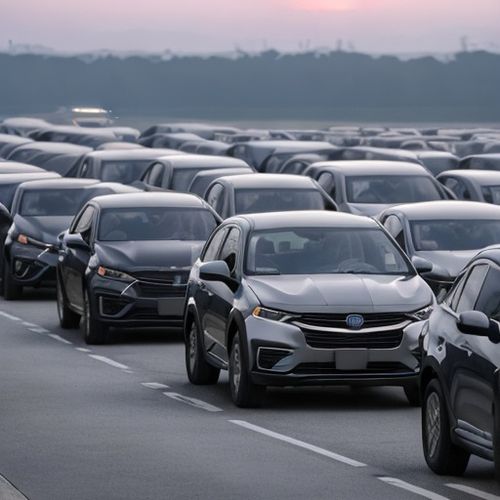
By Amanda Phillips/Apr 29, 2025

By James Moore/Apr 29, 2025

By Amanda Phillips/Apr 29, 2025

By Sophia Lewis/Apr 29, 2025
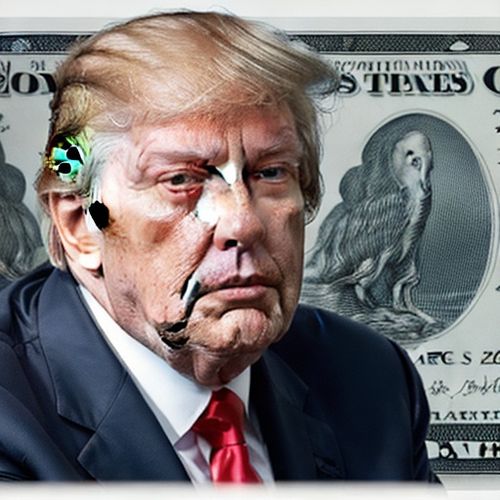
By Ryan Martin/Apr 29, 2025

By Elizabeth Taylor/Apr 29, 2025

By Noah Bell/Apr 29, 2025
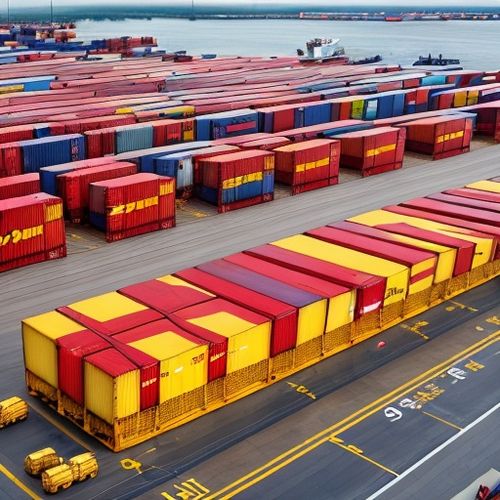
By Emily Johnson/Apr 29, 2025

By Grace Cox/Apr 29, 2025

By Rebecca Stewart/Apr 29, 2025

By Elizabeth Taylor/Apr 29, 2025
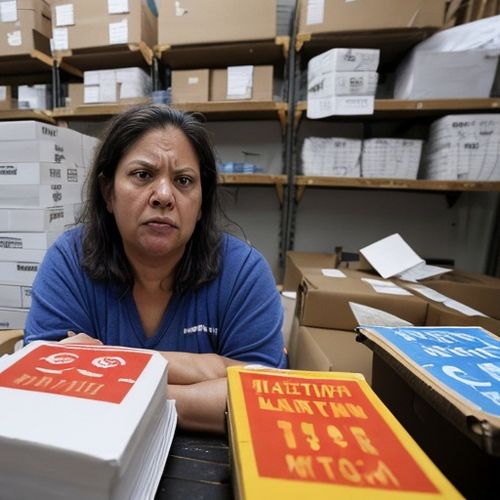
By Michael Brown/Apr 29, 2025
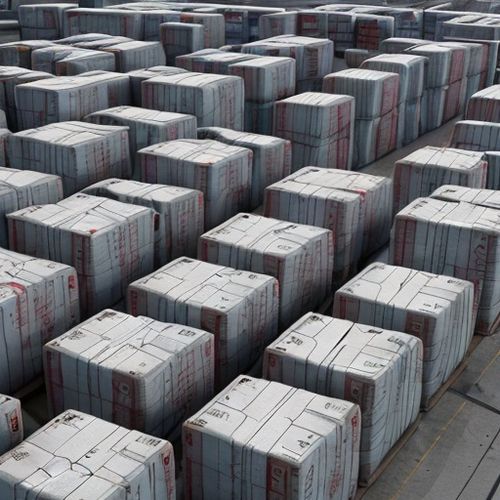
By Olivia Reed/Apr 29, 2025
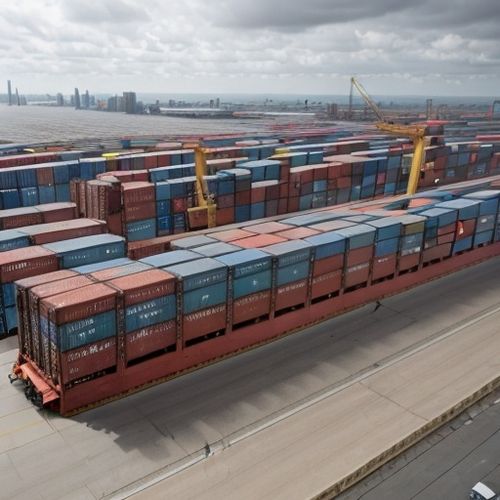
By Daniel Scott/Apr 29, 2025

By Joshua Howard/Apr 29, 2025

By Megan Clark/Apr 29, 2025

By John Smith/Apr 29, 2025